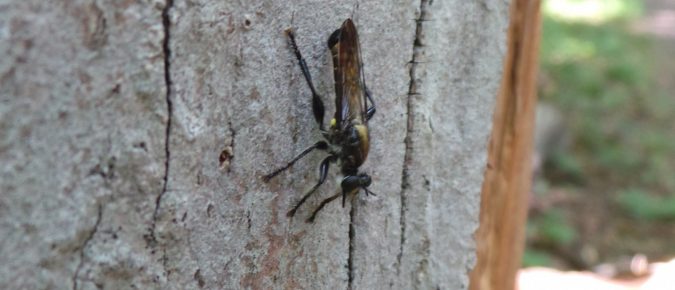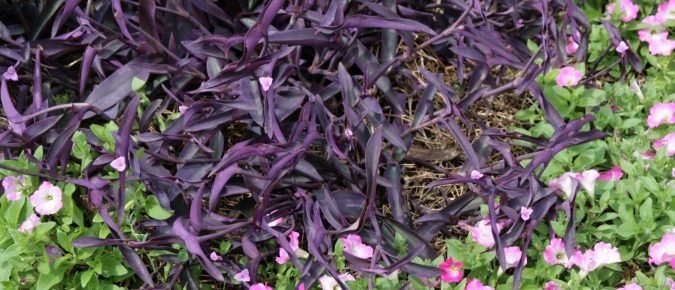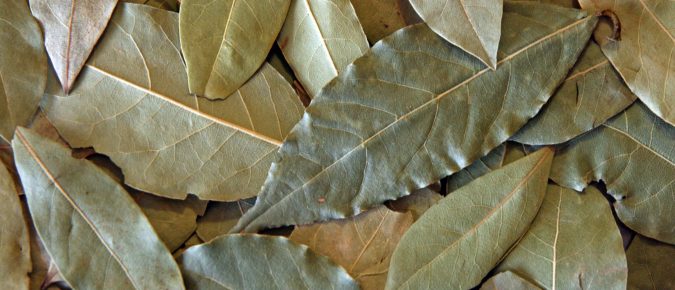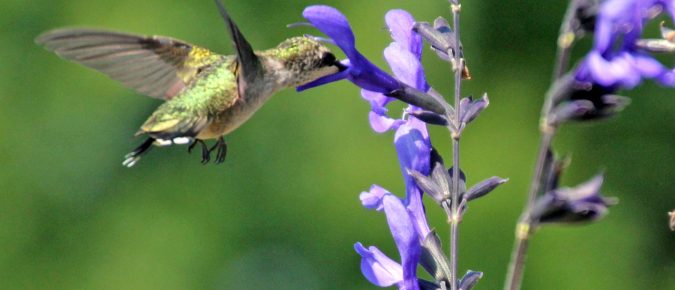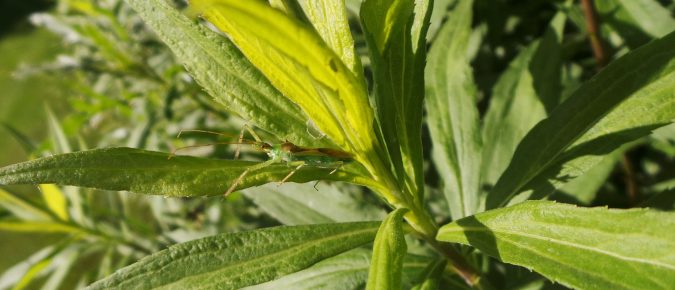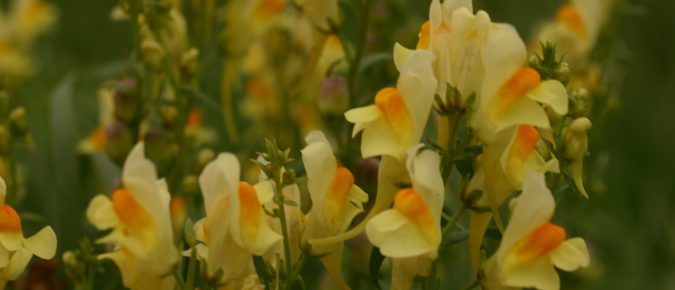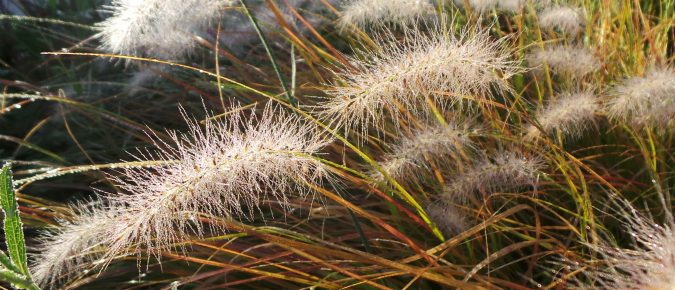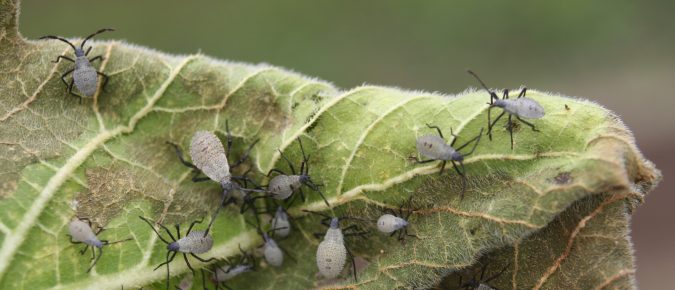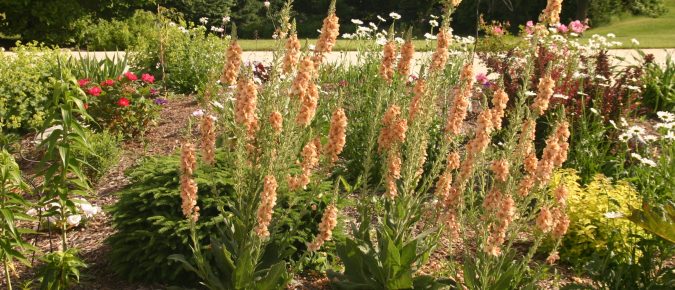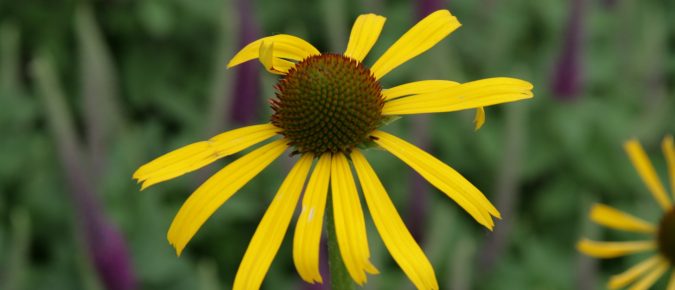Have you ever noticed a medium-to large, hairy fly perched on a rock or leaf and wondered what it might be? There’s a whole family of these distinctive flies that get the common name of robber fly from their manner of ferociously pouncing on their prey. Read this article to learn more about these interesting insects…
Purple Heart is an easy to grow annual or houseplant to add a splash of purple foliage to your containers and plantings. Learn more about this popular, easy to grow and propagate plant.
Every year the Herb Society of America features one plant that is used as an herb. In 2009, they focus on Laurus nobilis, a woody plant whose leathery leaves are used as a culinary herb – bay leaf. Although it is not hardy in our area, we can still grow this as a container plant to bring indoors over the winter. If you want to learn more about this interesting herb, read this article…
Are you looking for a small tree with great fall color and winter interest? The Asian maple Acer triflorum fits the bill. Learn more about this attractive species in this article…
Looking for an unusual flower that comes in truly blue shades (as well as purple)? There is a tender perennial sage that can be grown as an annual to add this unusual color in the landscape or in containers. To learn more about Salvia guaranitica read this article…
Assassin bugs and ambush bugs are commonly found in gardens and fields. These true bugs in the family Reduviidae are often overlooked, despite being beneficial as generalist predators of other insects. Learn more about these interesting bugs in this article…
Yellow toadflax is a weedy Eurasian species of Linaria that has naturalized throughout the country. Although it has pretty yellow flowers, this perennial spreads by creeping rhizomes, making it difficult to control. Learn more about this plant in this article…
Fountain grass, Pennisetum alopecuroides, is a nice short-stature grass for the home garden. Learn more about this popular ornamental grass in in this article.
It has showy orange and red flowers that are attractive to butterflies and hummingbirds, and is a favorite food of monarch butterfly caterpillars. Learn more about tropical milkweed, Asclepias curassavica, in this article…
Are your squash plants’ leaves drying out and turning brown or black? Have you seen gray bugs on the plants? If so, you have squash bug, a common pest on squash and pumpkins. Learn more about this pest insect in this article…
Common mullein features conspicuous tall spikes with yellow flowers appearing along roadsides, gardens, and other areas with recently disturbed soil. Learn more about the history and biology of this widespread weed in this article.
If you were the only plant with yellow flowers in a genus of all purple-flowered plants, you might get the name “paradox”, too. At least until the recent development of yellow and orange cultivars of purple coneflower, Echinacea paradoxa was the only plant in its genus with yellow flowers. Learn more about this interesting plant in this article…

